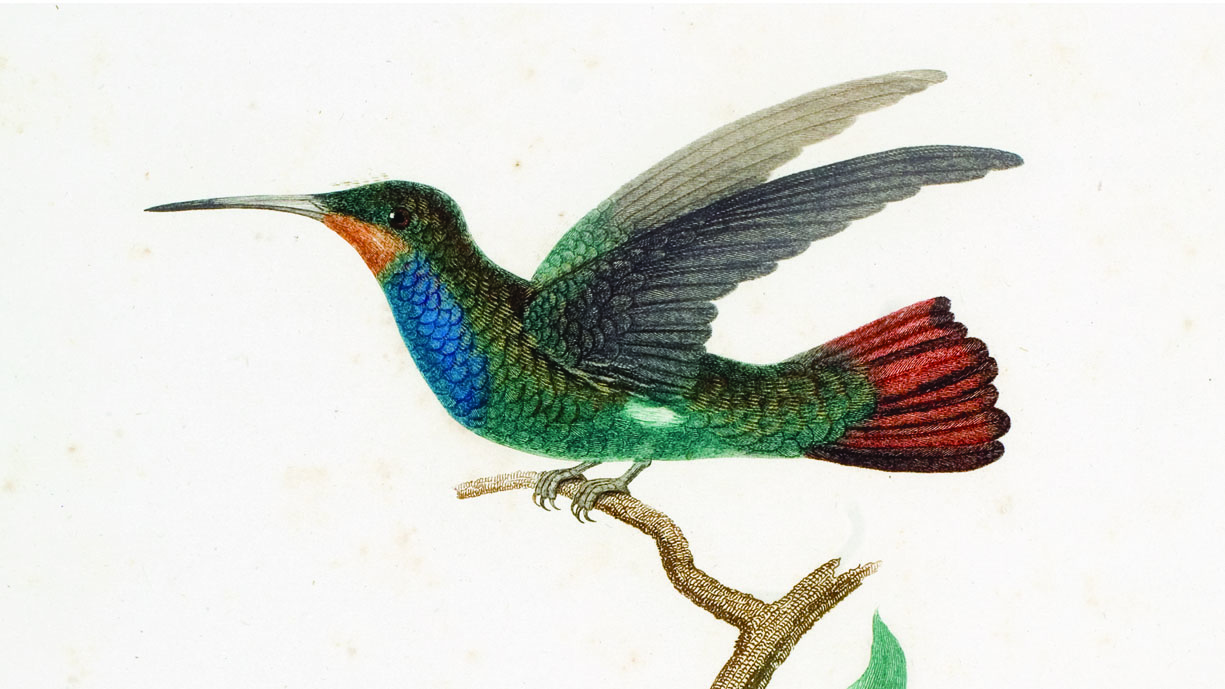
Featherwork
Among Neotropical birds there are a good number that show unusual patterns of distribution. Populations are isolated from one another by hundreds of miles, or thousands of feet in elevation, with no obvious explanation. Theories have been advanced to account for this, most involving recurring changes in habitat over long periods of time. Recently, however, another possibility has been suggested, at least for a few species: that populations were captured and transported by native Indians from their natural location to others – sometimes long before the arrival of Europeans. As an example, a subspecies of the great-tailed grackle, found in the lowlands around Vera Cruz, is also found in the highlands around Mexico City, a population having been transported there by the Aztecs around 1500 for the pleasure of the Emperor Auitzotl (Haemig 1978). Released, the birds established a wild population. Another transported bird, which remained captive, is the resplendent quetzal. It was greatly prized and held in considerable numbers by Aztec nobility in Tenochtitlan, hundreds of miles to the north of the bird’s normal range, which does not extend north of Chiapas. The quetzal’s feathers – along with those of egrets and other birds, plus quantities of goldwork, shells, and precious stones – were used to create the great featherwork headdresses presented by Montezuma to Cortés in an effort to secure peace with the Spanish invaders. These are but two examples of an extensive trade in birds and their feathers that took place among peoples throughout the Neotropics. Feathers from tropical birds that can only have come from far to the south are found in preconquest decorations in the American Southwest. There was an active trade over the Andes between the coastal peoples of Peru and the tribes living in the rainforests, who could procure brightly colored feathers in great quantity. In Brazil, André Thevet encountered the use of feathers in barter: “On the seacoast, the most frequented merchandise, is the feathers of a birde, that is in their language Toucan . . . The wilde men take the skin of that part that is yellow, and they use it to make garnishings of swords after their manner, and certaine garments, hattes, and other things . . . The author of this work, brought a hat of feathers very rich and faire out of America which was presented to the King of Fraunce, Henry by name, as a precious jewell” (Thevet 1558, [74]). Bartolomé de las Casas, the sixteenth-century Spanish Franciscan famous for opposing the brutal treatment of Indians, left this detailed description of the featherworker’s craft: “The activity in which they seem to excel over all other human intellects and which makes them appear unique among the nations of the earth is the craft they have perfected of representing with real feathers, in all their natural colors, all the things that they and other excellent painters can paint with brushes. They used to make many things of feathers, including . . . cloaks or mantles, apparel for the priests, crowns or miters, shields and flyswatters, and a thousand other things. The feathers they used were green, red, golden, purple, crimson, yellow, blue or pale green, black and white, and all other colors, mixed and pure. None was tinted by human industry, but all were natural, taken from different birds. For this reason these people greatly valued all sorts of birds and made use of every variety; they kept the feathers of even the smallest birds found on land or in the air for their special hues and blended them to beautify their work. They set the feathers on a cotton cloth placed on a frame. Just as the painters took paint from different shells or containers in which they kept their colors, so the featherworker had his little boxes or jars in which he kept these feathers, each kind or color being kept separate from the others . . . He fastened these feathers to the cloth with a certain paste . . . Surely this is a wondrous thing” (Keen 1971, 95). Wrote another earlier chronicler, Peter Martyr, “I am at a loss to describe the aigrettes, the plumes, and the feather fans. If ever artists of this kind have touched genius, then surely these natives are they. It is not so much the gold or the precious stones I admire, as the cleverness of the artist and the workmanship, which much exceed the value of the material and excite my amazement. I have examined a thousand figures which it is impossible to describe. In my opinion, I have never seen anything which for beauty could more delight the human eye” (ibid., 64).
Enormous numbers of feathers were required to create this art. But as was the case with other New World natural resources, the early utilization of feathers was sustainable because of relatively small human populations. When, however, the use of feather ornamentation in hats and capes became fashionable among North American and European women in the late nineteenth century, the toll on bird life was catastrophic. This was especially true for large birds with brilliant white feathers, such as egrets, terns, and gulls. Plume hunters slaughtered birds by the millions – on their nesting grounds, when the birds were in their extravagant breeding plumage – leaving the eggs and chicks to perish. As late as 1911, the feathers of 129,168 egrets; 13,598 herons; 41,090 hummingbirds;and 9,464 eagles, condors, and other birds of prey were sold at auction by just four firms in London over a period of nine months; hummingbirds could be bought in lots of over a thousand at 2 cents each (Hornaday 1913, 150-51). By the time a combination of law and changes in fashion brought the trade to an end, populations of many species were reduced to the point that it took half a century and more for them to recover.
